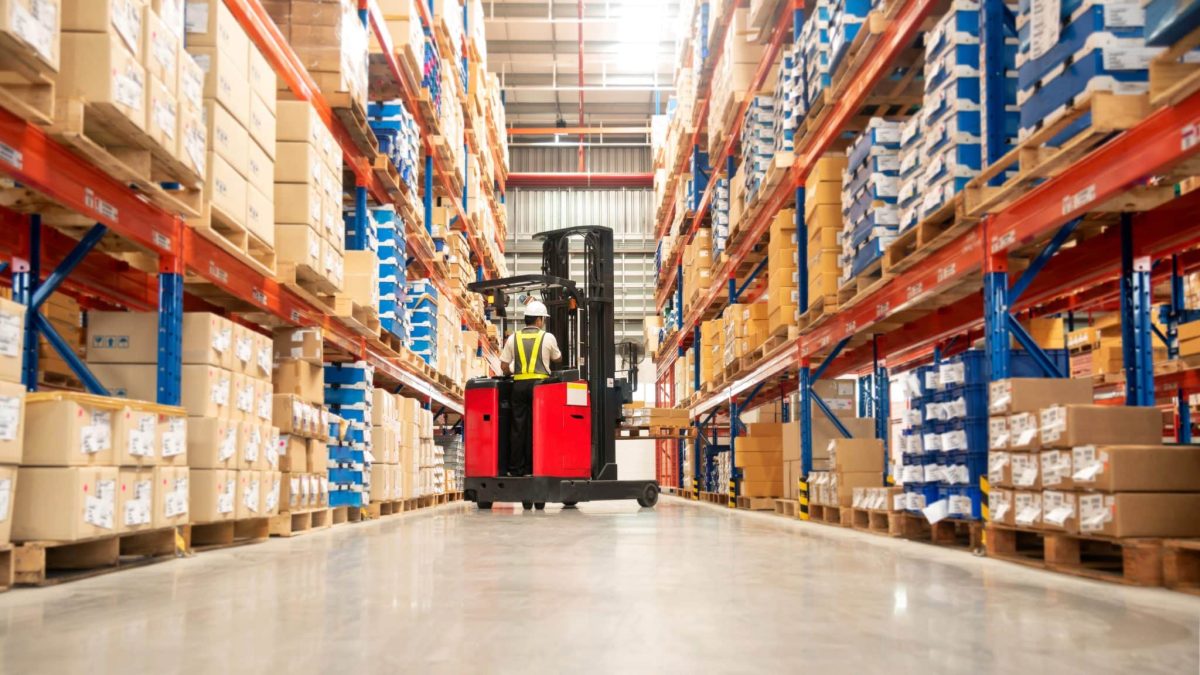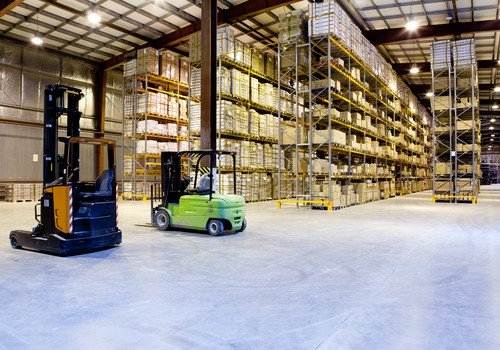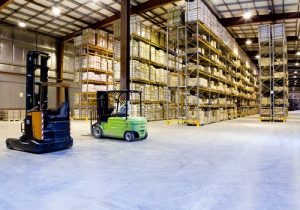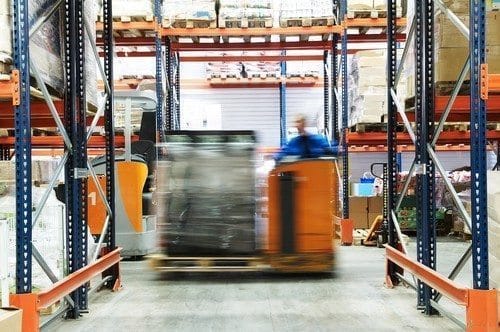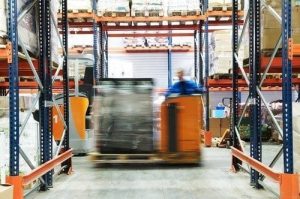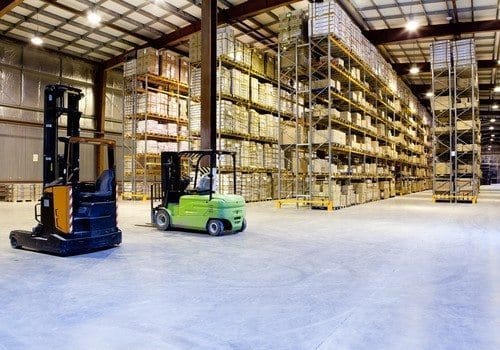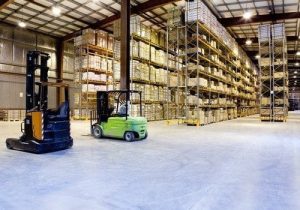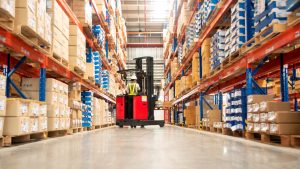
Forklifts and powered industrial movers are a common part of warehouses. This type of equipment is used to move items from place to place conveniently, but it comes with risks. Whether operating a forklift or using a powered trailer dolly, OSHA offers the following safety tips to help keep warehouse workers as safe as possible on the job.
Pay Close Attention to Rated Loads
Forklifts and powered industrial trucks are able to carry or move heavy items and equipment, but there are limits. Those operating these warehouse vehicles should always be aware of the rated load. Exceeding this load is unsafe and can lead to injuries or accidents.
Ensure Proper Training
Operating a forklift or powered industrial truck requires training. Only workers who have been properly trained should operate these vehicles. Warehouse owners should ensure that workers receive training on the type of vehicle they will be operating, including how to use it safely in workplace conditions. The use of a motorized trailer dolly reduced the risk of injury as this electric tug does not require any special training or licenses.
Check for Damage Before Using
Forklifts and powered industrial trucks can develop damage from wear that makes them unsafe to operate. These types of warehouse vehicles should be carefully checked for any conditions or damage that makes them unsuitable for use. Repairs should be made before these vehicles are used again.
Go Slow in Certain Areas
Driving a forklift or powered industrial truck should be done with caution in areas that are crowded. These congested areas have a higher risk of injuries as these vehicles pass through. Forklifts and powered industrial trucks should also be operated carefully when surfaces are slippery in order to lower the risk of accidents.
Ensure Routine Maintenance
Warehouse vehicles, such as forklifts, can develop minor damage that goes undetected, which puts drivers and other warehouse workers at risk of injuries. These types of vehicles require routine maintenance to keep them in safe operating condition.
Consider Trailer Dollies
Motorized trailer dollies provide a safer way to move items around warehouses compared to forklifts. Warehouse owners should consider switching to these dollies to make their warehouse safer.
If you’re exploring trailer dolly options for your warehouse, contact DJ Products. Our experts can help you choose the right dolly to improve safety and efficiency.
